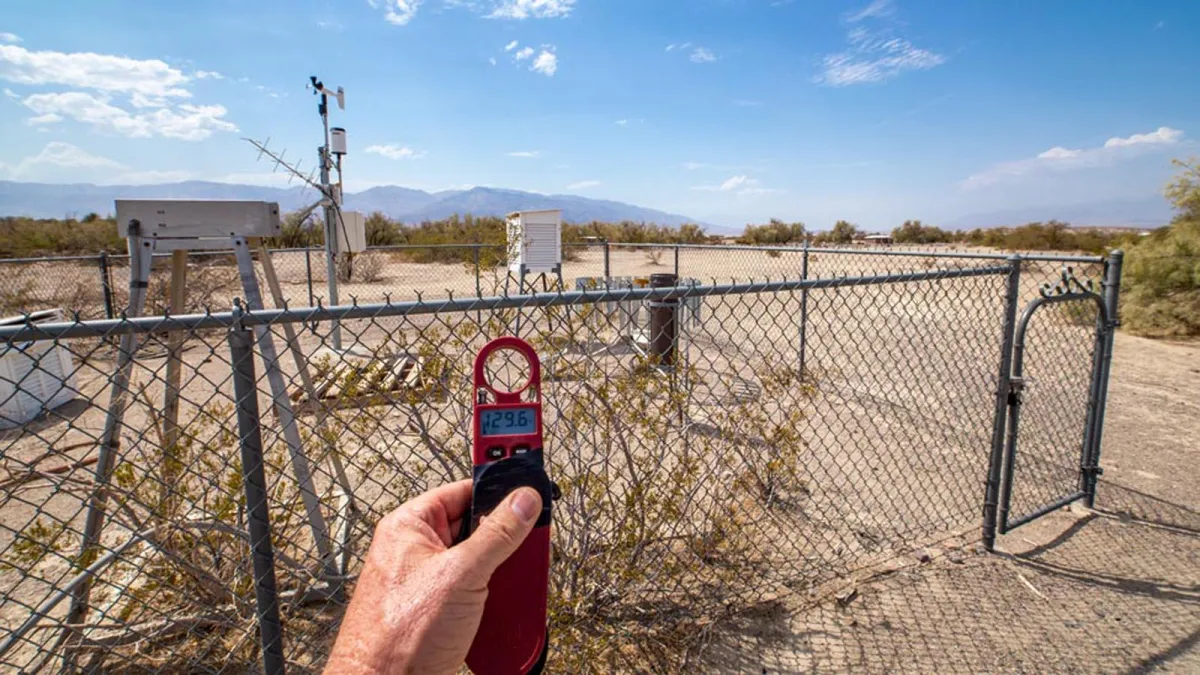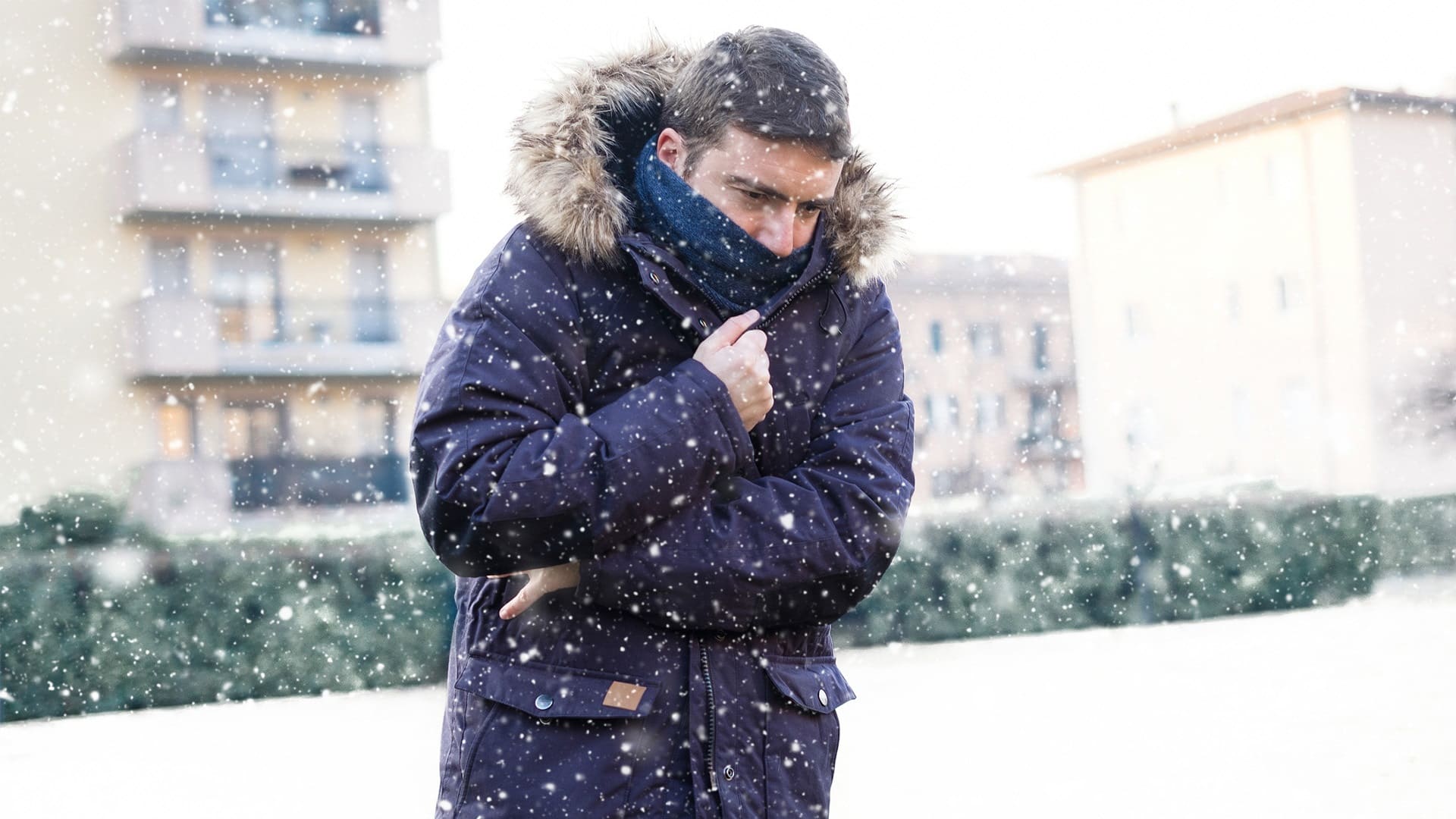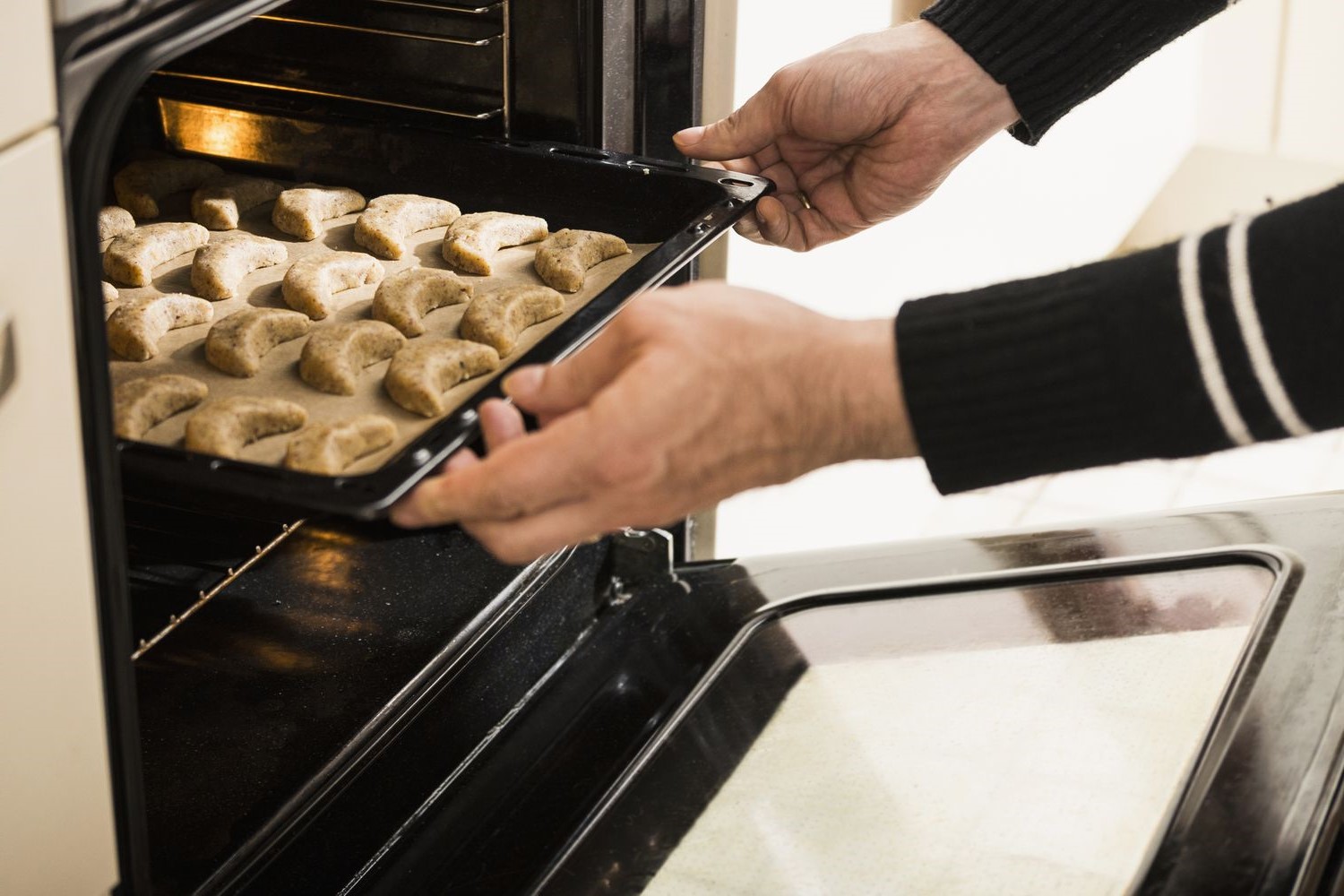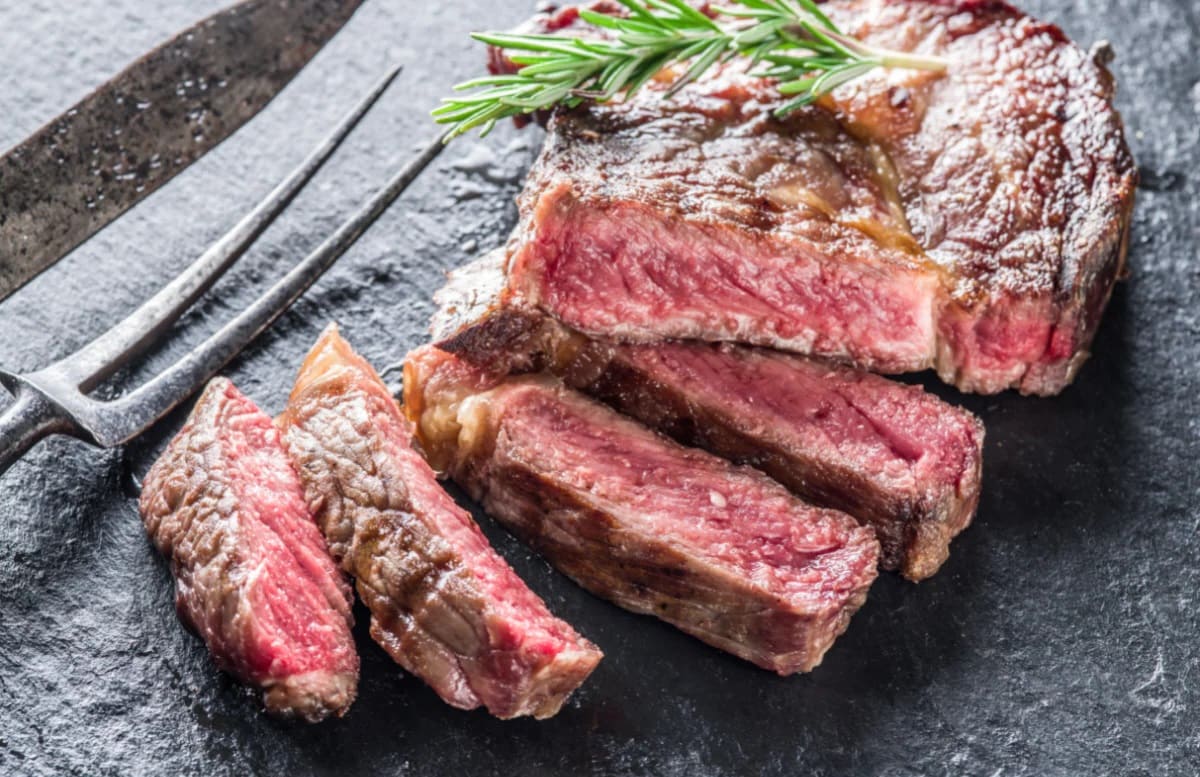Home>Weather and Climate>The Temperature At Which Mosquitoes Perish
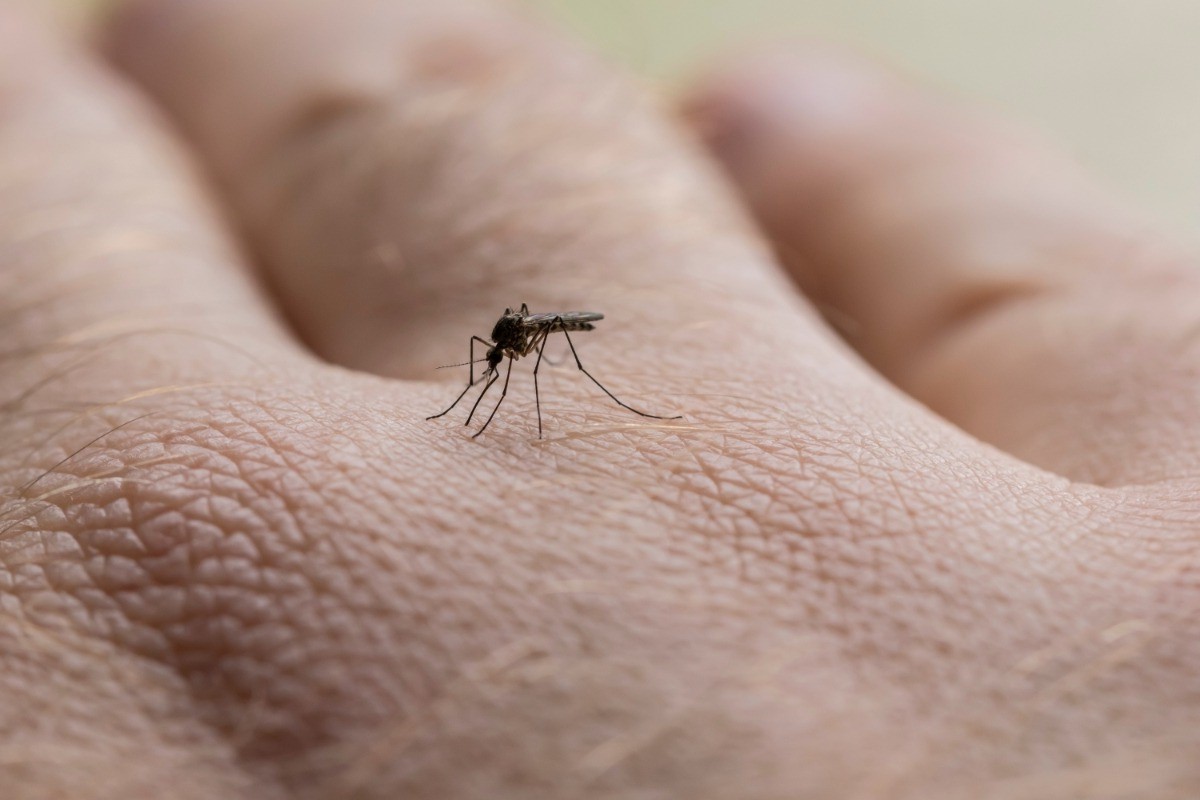

Weather and Climate
The Temperature At Which Mosquitoes Perish
Published: March 6, 2024
Discover the impact of weather and climate on mosquito populations. Learn about the temperature conditions that can lead to mosquito mortality.
(Many of the links in this article redirect to a specific reviewed product. Your purchase of these products through affiliate links helps to generate commission for Temperatures.com, at no extra cost. Learn more)
Table of Contents
- The Impact of Temperature on Mosquito Survival
- Factors Affecting Mosquito Mortality in Different Temperatures
- Strategies for Controlling Mosquito Populations through Temperature Manipulation
- The Role of Temperature in Mosquito-Borne Disease Transmission
- Research on the Lethal Temperature for Different Mosquito Species
The Impact of Temperature on Mosquito Survival
The survival of mosquitoes is intricately linked to temperature, making it a crucial factor in their life cycle and population dynamics. Temperature influences various aspects of mosquito biology, affecting their development, behavior, and ultimately, their survival.
Read more: The Temperature At Which Sugar Burns
Development and Reproduction
Temperature plays a pivotal role in the development and reproduction of mosquitoes. Warmer temperatures accelerate the growth and maturation of mosquito larvae and pupae, leading to shorter development times. Conversely, cooler temperatures slow down their development, prolonging the time it takes for mosquitoes to reach adulthood. This has significant implications for the population dynamics of mosquitoes, as faster development can result in larger and more rapid population growth.
Metabolic Rate
The metabolic rate of mosquitoes is heavily influenced by temperature. Warmer temperatures increase the metabolic rate of mosquitoes, leading to higher energy requirements. This heightened metabolic activity drives mosquitoes to seek out food sources more frequently, increasing their overall activity levels. In contrast, cooler temperatures lower their metabolic rate, reducing their energy needs and activity levels.
Survival and Longevity
Temperature directly impacts the survival and longevity of mosquitoes. Extreme temperatures, whether hot or cold, can be detrimental to mosquito survival. High temperatures can lead to desiccation and dehydration, especially for mosquito eggs and larvae. On the other hand, low temperatures can induce dormancy or even death in mosquitoes. However, the specific temperature thresholds for survival and mortality vary among different mosquito species.
Behavioral Adaptations
Mosquitoes exhibit behavioral adaptations in response to temperature fluctuations. For instance, in warmer temperatures, mosquitoes tend to be more active and seek out hosts for blood meals more frequently. Conversely, cooler temperatures can prompt mosquitoes to seek shelter and conserve energy. These behavioral changes are crucial for their survival and reproductive success in varying temperature conditions.
Understanding the impact of temperature on mosquito survival is essential for devising effective strategies to control mosquito populations and mitigate the spread of mosquito-borne diseases. By leveraging this knowledge, researchers and public health authorities can develop targeted interventions to manage mosquito populations and minimize their impact on human health.
The intricate relationship between temperature and mosquito survival underscores the need for comprehensive studies and ongoing research to unravel the complexities of this vital ecological interaction. By delving deeper into the impact of temperature on mosquito biology, we can gain valuable insights that will inform innovative approaches to mosquito control and disease prevention.
Read more: The Temperature At Which Water Freezes
Factors Affecting Mosquito Mortality in Different Temperatures
The mortality of mosquitoes in varying temperatures is influenced by a multitude of factors, reflecting the intricate interplay between environmental conditions and mosquito biology. Understanding these factors is crucial for predicting and managing mosquito populations in diverse climatic settings.
-
Temperature Extremes: Mosquito mortality is significantly impacted by extreme temperatures. High temperatures can lead to desiccation and dehydration, particularly affecting mosquito eggs and larvae. Conversely, low temperatures can induce dormancy or even death in mosquitoes. The specific thresholds for lethal temperatures vary among different mosquito species, highlighting the need for species-specific research to effectively manage their populations.
-
Developmental Stage: The susceptibility of mosquitoes to temperature-induced mortality varies across different developmental stages. For instance, mosquito eggs are particularly vulnerable to desiccation in high temperatures, while larvae and pupae may exhibit greater resilience. Understanding the differential responses of various life stages to temperature fluctuations is essential for devising targeted control measures.
-
Species-Specific Adaptations: Different mosquito species have evolved distinct physiological and behavioral adaptations to cope with temperature variations. Some species may thrive in warmer climates, while others are better suited to cooler environments. By studying the thermal tolerances and adaptive mechanisms of diverse mosquito species, researchers can gain insights into their ecological niches and potential vulnerabilities to temperature-related stressors.
-
Habitat Characteristics: The microclimatic conditions within mosquito breeding habitats play a pivotal role in shaping temperature-related mortality patterns. Factors such as water depth, vegetation cover, and exposure to sunlight can modulate the thermal environment experienced by mosquito larvae and pupae. Consequently, the mortality rates of mosquitoes within specific breeding sites are influenced by a complex interplay of environmental factors.
-
Physiological Responses: Mosquitoes exhibit physiological responses to temperature stress, including alterations in metabolic activity, water balance, and stress protein expression. These responses can impact their susceptibility to mortality under different temperature regimes. Investigating the physiological mechanisms that underpin temperature tolerance in mosquitoes provides valuable insights into their adaptive capacity and potential vulnerabilities.
-
Interactions with Predators and Pathogens: Temperature-mediated mortality in mosquitoes can also be influenced by interactions with predators and pathogens. For instance, certain predators may exhibit heightened activity or predatory efficiency in response to temperature changes, impacting mosquito survival. Additionally, temperature can influence the replication and transmission of mosquito-borne pathogens, indirectly affecting mosquito mortality rates.
By comprehensively examining the multifaceted factors that influence mosquito mortality in diverse temperature conditions, researchers can advance our understanding of the complex dynamics shaping mosquito populations. This knowledge is instrumental in developing targeted interventions for mosquito control and disease prevention, tailored to the specific ecological and climatic contexts in which mosquitoes thrive.
Strategies for Controlling Mosquito Populations through Temperature Manipulation
Temperature manipulation presents a promising avenue for controlling mosquito populations and mitigating the spread of mosquito-borne diseases. By leveraging the influence of temperature on mosquito biology and behavior, innovative strategies can be devised to disrupt their life cycle and reduce their overall abundance. Several targeted approaches have been explored to harness temperature manipulation as a tool for mosquito population control.
1. Habitat Modification
Modifying mosquito breeding habitats to manipulate temperature conditions can effectively impede their reproductive success. Altering the environmental characteristics of breeding sites, such as water depth, shade cover, and thermal exposure, can create suboptimal conditions for mosquito larvae and pupae. By disrupting the thermal suitability of breeding habitats, the development and survival of mosquito immature stages can be compromised, leading to a reduction in adult mosquito populations.
2. Thermal Larvicides
The application of thermal larvicides, which are specifically designed to exploit temperature-dependent vulnerabilities in mosquito larvae, represents a targeted approach for population control. These larvicides are formulated to disrupt the thermal tolerance of mosquito immature stages, inducing mortality or impairing their development. By strategically deploying thermal larvicides in mosquito breeding sites, the temperature-dependent vulnerabilities of larvae can be exploited, curtailing their population growth.
3. Temperature-Regulated Traps
Innovative temperature-regulated traps can be employed to capitalize on the temperature preferences and behavioral responses of adult mosquitoes. These traps are designed to create microclimatic conditions that attract mosquitoes based on their thermal preferences. By manipulating temperature cues within the trapping devices, adult mosquitoes can be lured and captured, thereby reducing their population density and curbing their potential for disease transmission.
4. Thermal Fogging
Utilizing thermal fogging techniques allows for targeted dispersion of insecticidal agents in response to temperature patterns. By synchronizing fogging activities with specific temperature thresholds that coincide with peak mosquito activity, the efficacy of insecticidal treatments can be optimized. This strategic approach leverages temperature cues to enhance the precision and impact of mosquito control efforts, particularly in areas where conventional fogging may be less effective.
5. Climate-Responsive Release Strategies
Innovative release strategies for biological control agents, such as genetically modified mosquitoes or natural predators, can be tailored to respond to temperature cues. By aligning the release of control agents with temperature conditions that maximize their efficacy, the impact of biological control measures can be enhanced. This adaptive approach capitalizes on temperature manipulation to optimize the dispersal and activity of control agents, bolstering their capacity to suppress mosquito populations.
These strategies underscore the potential of temperature manipulation as a versatile tool for managing mosquito populations and mitigating the public health risks associated with mosquito-borne diseases. By integrating temperature-based interventions with comprehensive mosquito control programs, researchers and public health authorities can advance the development of innovative and sustainable approaches to combat mosquitoes and safeguard human well-being.
The Role of Temperature in Mosquito-Borne Disease Transmission
Temperature exerts a profound influence on the transmission dynamics of mosquito-borne diseases, shaping the interactions between pathogens, mosquitoes, and human hosts. The intricate interplay between temperature and disease transmission encompasses multiple facets of mosquito biology, pathogen development, and human susceptibility, ultimately impacting the prevalence and distribution of these debilitating illnesses.
Vector Competence and Pathogen Development
Temperature plays a pivotal role in modulating the vector competence of mosquitoes, influencing their ability to acquire, harbor, and transmit pathogens. Warmer temperatures can accelerate the replication and dissemination of pathogens within mosquito vectors, enhancing their infectivity. Additionally, temperature influences the extrinsic incubation period of pathogens within mosquitoes, affecting the duration required for the pathogen to become transmissible. Elevated temperatures can expedite the maturation of pathogens within mosquitoes, potentially leading to an increased transmission potential. Conversely, cooler temperatures may prolong the extrinsic incubation period, delaying the onset of pathogen transmission. This temperature-dependent modulation of vector competence profoundly impacts the epidemiology of mosquito-borne diseases, influencing the geographic range and seasonal patterns of disease transmission.
Mosquito Behavior and Host-Seeking Activity
Temperature exerts a profound influence on mosquito behavior and host-seeking activity, which in turn shapes the dynamics of disease transmission. Warmer temperatures can stimulate heightened activity levels in mosquitoes, leading to increased host-seeking behavior and blood-feeding frequency. These temperature-driven shifts in mosquito behavior can elevate the risk of pathogen transmission to human hosts, amplifying the potential for disease spread. Moreover, temperature influences the longevity and survival of adult mosquitoes, impacting their capacity to serve as vectors for extended periods. In cooler temperatures, mosquitoes may exhibit reduced activity and prolonged development times, potentially attenuating their vectorial capacity. The interplay between temperature, mosquito behavior, and disease transmission underscores the intricate ecological dynamics that govern the spread of mosquito-borne illnesses.
Human Susceptibility and Disease Risk
Temperature also influences human susceptibility to mosquito-borne diseases, shaping the risk of infection and disease manifestation. Warmer temperatures can create favorable conditions for mosquito activity, increasing the frequency of human-mosquito encounters and subsequent disease transmission. Additionally, temperature can impact human immune responses and physiological factors that influence disease susceptibility. In regions experiencing temperature fluctuations, the seasonal variation in disease transmission risk reflects the complex interplay between temperature, mosquito abundance, and human exposure. Understanding the temperature-mediated factors that influence human susceptibility is crucial for assessing disease risk and implementing targeted interventions to mitigate the impact of mosquito-borne illnesses.
Implications for Disease Control and Public Health
The temperature-mediated dynamics of mosquito-borne disease transmission have far-reaching implications for disease control and public health strategies. By elucidating the temperature thresholds that influence vector competence, pathogen development, and mosquito behavior, researchers can refine predictive models to anticipate disease outbreaks and assess the impact of climate change on disease transmission patterns. Furthermore, temperature-informed surveillance and control measures can be tailored to mitigate disease transmission risks in response to seasonal and environmental fluctuations. Integrating temperature-based insights into disease control strategies enhances the precision and efficacy of interventions, contributing to the proactive management of mosquito-borne diseases.
In summary, the role of temperature in mosquito-borne disease transmission encompasses a complex interplay of vector competence, mosquito behavior, pathogen development, and human susceptibility. By unraveling the temperature-mediated mechanisms that govern disease transmission dynamics, researchers can inform targeted interventions and public health initiatives to mitigate the burden of mosquito-borne illnesses on global health.
Research on the Lethal Temperature for Different Mosquito Species
Understanding the lethal temperature thresholds for diverse mosquito species is paramount for elucidating their thermal biology and devising targeted strategies for population control. Extensive research endeavors have sought to delineate the specific temperature ranges at which different mosquito species succumb to thermal stress, shedding light on their thermal tolerances and vulnerabilities.
Studies have revealed substantial variability in the lethal temperature thresholds among mosquito species, reflecting their diverse ecological adaptations and geographic distributions. For instance, tropical and subtropical species often exhibit higher thermal tolerances, with lethal temperatures exceeding those observed in temperate species. This variation underscores the intricate interplay between evolutionary adaptations and thermal constraints shaping the survival limits of mosquitoes across diverse habitats.
Furthermore, investigations into the lethal temperature thresholds have unveiled species-specific responses to thermal stress. Some mosquito species demonstrate remarkable resilience to high temperatures, with lethal thresholds surpassing 40°C (104°F), while others exhibit heightened susceptibility to thermal extremes, succumbing to temperatures as moderate as 35°C (95°F). These findings underscore the nuanced thermal biology of mosquitoes and emphasize the need for tailored approaches to temperature-based population management.
Moreover, research has elucidated the influence of developmental stages on temperature-induced mortality within mosquito populations. The susceptibility to lethal temperatures varies across different life stages, with mosquito eggs and larvae often displaying heightened vulnerability to thermal stress compared to adult mosquitoes. This differential response to temperature stress underscores the complex interplay between developmental physiology and environmental factors in shaping mosquito population dynamics.
By unraveling the lethal temperature thresholds for diverse mosquito species, researchers have laid the groundwork for developing targeted interventions to mitigate mosquito populations and disease transmission risks. This knowledge serves as a cornerstone for refining temperature-based control strategies, such as habitat modification, thermal larvicides, and climate-responsive release approaches, tailored to the specific vulnerabilities and ecological niches of different mosquito species.
In essence, ongoing research on the lethal temperature for different mosquito species continues to deepen our understanding of their thermal biology and inform innovative approaches to mosquito population management. By elucidating the intricacies of thermal tolerances and vulnerabilities across diverse mosquito species, researchers are poised to advance the development of effective and sustainable strategies for mitigating the impact of mosquitoes on public health and well-being.







